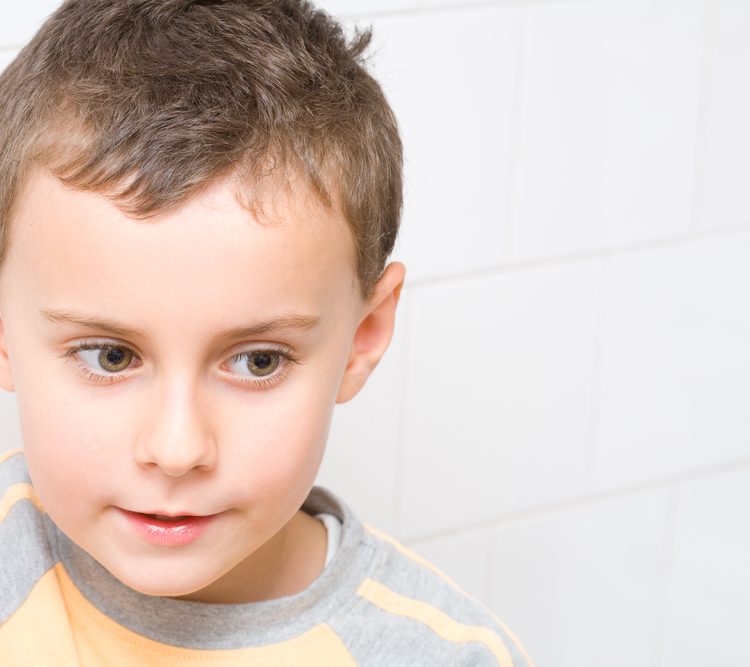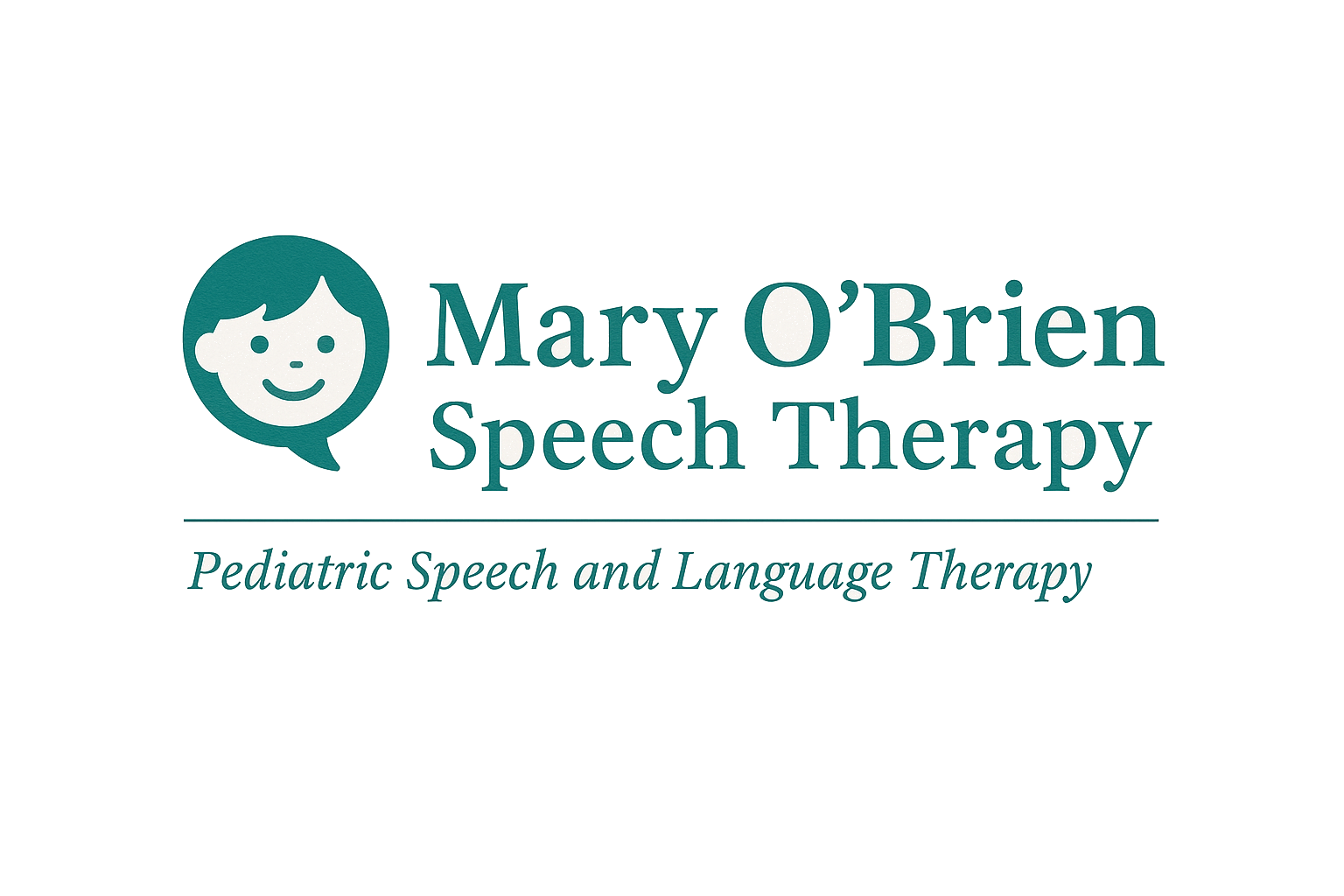Autism Spectrum Speech Disorders
Effective Speech and Communication Therapy for Children
Autism Therapy for Children
Custom Treatment for Those on the Spectrum
We work passionately with you and your loved ones to improve verbal and non-verbal communication.
The ability of children with autism to communicate and use language depends on their intellectual and social development. Some children with ASD may not be able to communicate using speech or language, and some may have very limited speaking skills. Others may have rich vocabularies and be able to talk about specific subjects in great detail.
Children with autism may have difficulty developing language skills and understanding what others say to them. They also often have difficulty communicating nonverbally, such as through hand gestures, eye contact, and facial expressions.
If your child is on the spectrum and seems to have some difficulty with communication, contact me today. We can put together a custom program that will help improve their ability to communicate.


How Do We Help Children on the Autism Spectrum? Read More Below.

CUSTOM THERAPY FOR INDIVIDUAL NEEDS
Why custom therapy? Because autism is a spectrum.
Our approach to speech therapy on the spectrum.
We start with a strengths-based assessment that looks beyond “speech” to the child’s full communication profile: what they understand, how they express themselves (speech, signs, pictures, AAC), social communication (joint attention, turn-taking, play), sensory regulation that affects participation, and family priorities. From this, the SLP sets functional goals such as requesting needs, sharing attention with a partner, tolerating back-and-forth routines, or following classroom directions. If spoken words are limited or effortful, the SLP may introduce AAC (e.g., picture exchange or a speech-generating device) from day one—because giving a reliable way to communicate reduces frustration and can support speech development.
Therapy is typically play-based and “naturalistic,” embedding evidence-informed strategies in motivating activities. The SLP models language, expands the child’s attempts, uses visual supports (first/then, schedules, gesture cues), and builds predictable routines so the child knows how to participate. Approaches pulled from NDBI methods (e.g., Pivotal Response Treatment, Enhanced Milieu Teaching) focus on shared control, child choice, communication temptations, and reinforcing attempts. Goals often include increasing functions of communication (requesting, protesting, commenting), growing vocabulary and grammar, and improving conversational reciprocity. For children who use echolalia or gestalt language, the SLP can work within a natural language acquisition framework—shaping longer scripts into flexible, self-generated language. Speech sound production, motor speech, and prosody (intonation) may also be addressed when relevant.
Generalization is the point, so caregivers are coached in brief, specific strategies to use during everyday routines (meals, play, transitions), and teachers/therapists (OT, educators, ABA teams where applicable) coordinate supports across settings. The SLP may recommend environmental tweaks (quiet corners, visual boundaries), peer practice or social groups, and AAC modeling by adults (“aided language input”). Progress is tracked with data and video/notes so the plan can be adjusted—changing prompts, increasing independence, or shifting targets as skills emerge. Every program is individualized; intensity and methods depend on the child’s profile and the family’s goals.
Learn more about communication skills and disorders at the ASHA website.
REQUEST AN APPOINTMENT
Learn more about our effective speech and communication therapy for children
Fill out the form and we will contact you during our working hours.
